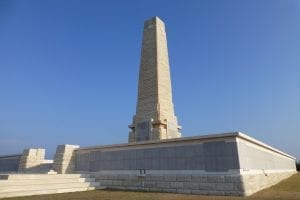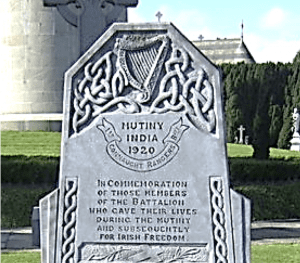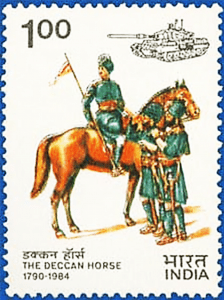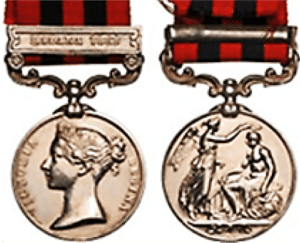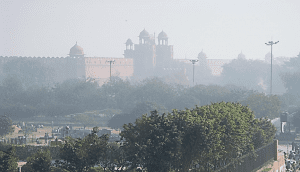Lieutenant-General Henry Hall C.B.
1789-1874
It was not easy to research the Halls on the internet because every hall in the country wanted me to book it for my wedding. But this grave in Deansgrange opened the door to a real Hall of Fame! People connected to it had remarkable military careers – from the man buried in it, to his brother, son, grandson . . . even their in-laws.
Henry Hall was born in 1789 to the Venerable Francis Hall, Archdeacon of Kilmacduagh in County Galway. After an education in Harrow, Henry Hall went to India and joined the Bengal Native Infantry. Starting as an ensign in 1805, he quickly rose to Lieutenant. However, he was not appointed Captain until 1821 probably because, in the intervening years, he was rushing around the Bengal Presidency helping to capture an absolutely amazing number of forts. Given that the Presidency stretched from present day Bangladesh in the east, all the way to Afghanistan in the northwest, and half-way down India – an area the size of continental Europe from the French Coast to the Black Sea – there were an awful lot of forts to seize.
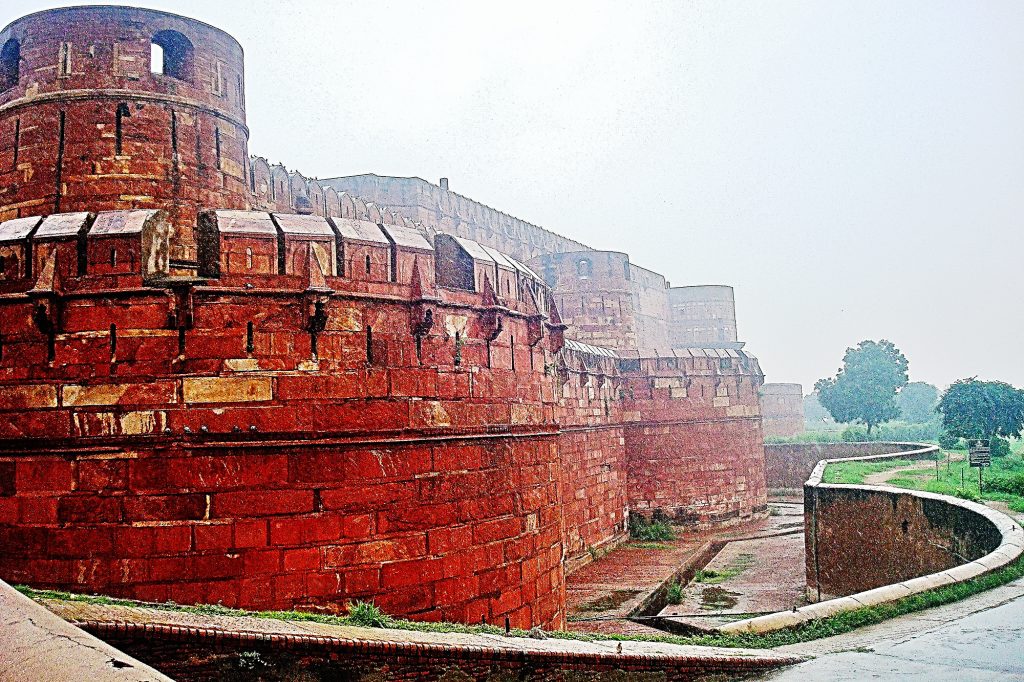
After subduing uncooperative Indian maharajas, Hall went on to serve in the Guide and Intelligence Departments, generally pottering in political duties. As part of the Quarter Masters’ Division, he was entrusted by the Governor General of India, Lord Hastings, with the curbing of the fierce Mhairs. Hall led an inquiry into the legitimate ownership of the Mhairwara villages. But when he reported on the mismanagement of the Mhair districts ceded to the Government, it went down like a dead dragoon with Hastings. Young Hall quickly undertook to train a corps raised from a motley collection of tribesmen. As part of their ‘civilisation’ Hall helped the Mhairs to cultivate their land in the desert of western India by designing a basic system of irrigation. So great was the loyalty elicited from the tribe that during the Bengal Mutiny of 1857, the Mhairs offered safety and refuge to besieged British families.
MHAIRS
Mhair was a brutal and fearless tribe which inhabited the deeply-gorged hills near Ajmer in Rajpootana (Rajasthan). Believed to be of a low Hindu caste, and often mistaken for Mohammedan, Mhairs professed little faith in any religion. They banded together under elected warrior leaders and terrorised their lowland neighbours. Hidden from the human eye, Mhairs watched from high points and then rushed down the hills to burn and plunder. In spite their fierce reputation, Mhairs were forced to cede some of their land to the neighbouring ruler of Mewar . . . and to the government!
Suitably impressed, the colourful Major General Christopher Fagan saw fit to give his daughter, Sara, in marriage to Hall, who was 20 years her senior, in 1827. (The Fagans were an interesting military dynasty too and perhaps I will write about them some time.) Young Sara dutifully presented her husband with four children – the first, a daughter born in Bengal.
As a high-ranking military officer, Hall also served as Justice of the Peace. During his watch, practices such as female infanticide and suttee dropped to an all-time low. But still, those ungrateful Indian women continued to hurl themselves on their husbands’ funeral pyres.
Hall’s brilliant career won him fifty publicly-expressed commendations from his superiors, culminating in his investiture as Companion, Order of the Bath in 1838.
Hall retired as Lt General, after 32 years in India, and bought a house called Merville on Foster’s Avenue in Dublin. The grand estate passed through many hands (at one time housing a riding school) until bought by University College, Dublin, for its innovation and technology transfer centre, NovaUCD.
In his final years, Hall acted as Magistrate for Counties Dublin and Galway, shunting between Merville and Knockbrack Lodge in Athenry.
Lieutenant-General Henry Hall C.B. died in 1874 at the age
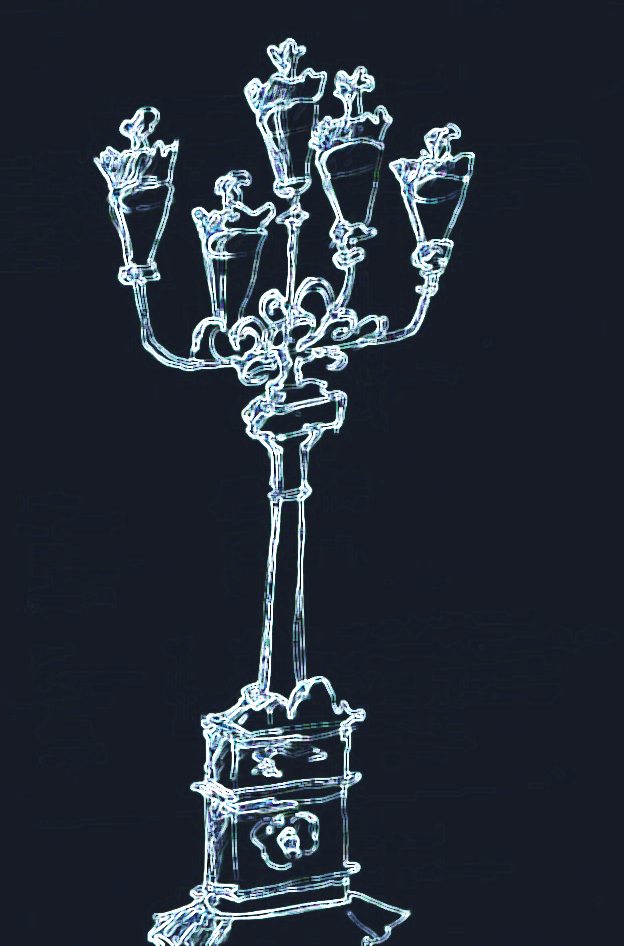
DID YOU KNOW?
The Five Lamps pillar, at the junction of 5 streets – Portland Row, North Strand Road, Seville Place, Amiens Street and Killarney Street – in north Dublin, was erected in 1880 as a monument to General Henry Hall C.B.
THE SON
CAPTAIN HENRY EDWARD HALL
1831-1869
Lt General Henry and Sara Hall had four children. The eldest girl, Eliza Margaret, was born in Bengal. She married Reverend MacNevin Bradshaw.
After her came another daughter, Annie (not to be confused with Annie Hall of Woodie Allen fame). Of his two sons, the younger, Christopher James Trail was born in 1839 but died at the age of 15.
The older son, Henry Edward, was born in 1831. He was an officer in the 13th Light Dragoons and fought in the Crimean war of 1855-56. Then it was straight into the Indian Mutiny. Young Lt Hall was caught up in the raging battles in Azimgurh, some 275 kms from Lucknow where rebels were besieging the Residency. Gurkhas were brought in from Nepal, who made up a third of the 5,500 troops fighting the rebels.
Hall was wounded in Azimgurh and probably sent home on sick leave. While in Ireland he married Annie Moore in November 1858. She was the daughter of Maj Gen Thomas Moore of the Bengal Army, later of the Bombay Cavalry. Perhaps the young couple had met in India because Hall’s father, too, was in the Bengal Army.
I doubt if Hall left Ireland again. By the time he was promoted to Captain in 1865, he had fathered four children, two of whom joined the army. Not much is known of Hall’s life after that, except that he was only 37 when he died. His widow, Annie Hall, married Giles Eyre Lambert, eight years later, in Galway.
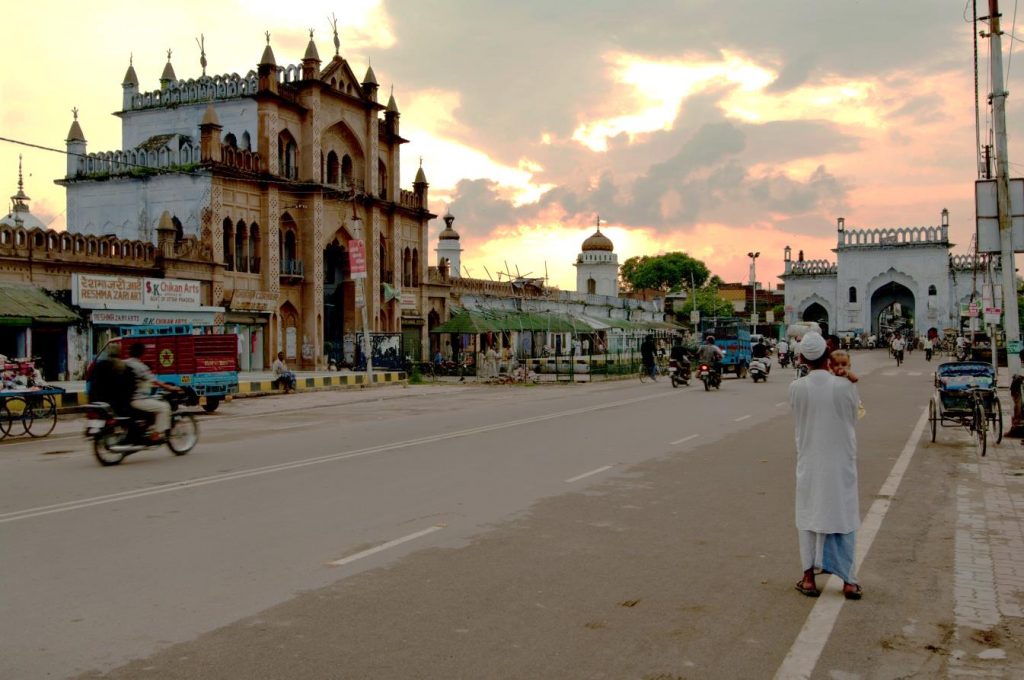
THE GRANDSONS
CAPTAIN HENRY THOMAS HALL
1859 – 1940
Captain Henry Edward and Annie Hall had four children, the eldest a girl called Annie Isabella Clara, followed by three sons.
Their eldest son, Henry Thomas, was born in 1859 and educated at Cheltenham College. By the time he joined his father’s regiment, 13th Dragoons, it had been renamed 18th Hussars. Hall appears first as an officer in the above regiment and later as a Captain in Connaught Rangers. He sailed for Jamaica where he became Aide-de-Camp to the Governor.
In 1886 he married Elizabeth Anne, daughter of Major John Joseph Lopdell of the Galway Militia, and had two children – a boy and a girl.
Then Hall was off to joust with the Boers, the same time as his younger brother, Charles Henry Edward. Upon retirement he returned to Ireland, to officiate as High Sheriff and Justice of Peace in County Galway, operating from the family pile, Knockbrack Lodge.
Captain Henry Thomas Hall was 81 years old when he died.
He had a son and a daughter but I could not find out much about them although I was intrigued by the son’s Spanish middle name, Juan.
MAJOR CHARLES HENRY EDWARD HALL
1861 – 1923
When their second son was born in 1861, Captain Henry Edward and Annie Hall added another name to his father’s and Charles Henry Edward was ready for christening. The baby joined the legions of Henry Halls in military records but outmarched many of them.
Continuing the military tradition Hall started off as an officer in Methuen’s Horse.
METHUEN’S HORSE
The mounted rifle corps was commanded by 3rd Baron Methuen, who would fight in many African campaigns, earn a string of letters after his name and end up as Field Marshall. Added to his distinctions was the fact that he was the only British General to be captured by the Boers. But the war had inflicted so many injuries on him that there was not much benefit in holding him, so they let him go.
Major Hall was in the Bechuanaland Expedition in 1885 – around the same time as Methuen, in fact.
In the late 1800s Hall went on to become Assistant District Commissioner of South Nigeria.
Then it was back to the battlefield for the Boer war of 1901-92 possibly fighting beside his older brother, Captain Henry Thomas.
Perhaps he was on the Active List after that because he doesn’t pop up again until the 1st World War. He also seems to have changed regiments, ending up as temporary Major and Battery Commander of the Wicklow Royal Garrison Artillery.
In 1920 Hall married Elizabeth Allen Young whose family was busy flooding London with beer. Her father, Brewery Director Charles Florance Young, had served as a Private in the Royal Army Service Corps during WW1 and had earned a Military Cross.
Major Charles Henry Edward Hall retired to Kent and died in 1923. The couple left no children.
CAPTAIN ARTHUR HENRY HALL
1891-1916
Arthur Francis, the youngest son of Henry Edward and Annie Hall, was born in 1864, but does not seem to have been a military man. Coincidently, he married Major Lopdell’s younger daughter, Louisa Jane, whose sister, Elizabeth Ann, was his oldest brother’s wife. The Lopdells came from Caheroyan Estate in Athenry. Today Caheroyan House is complex of holiday accommodation, set in 70 acres of woodland.
Louisa Jane seems to have tired of her husband because Arthur Francis refused to die until he was 104. She went off and married someone called Bradshaw.
Their son, Arthur Henry was a Captain in the Somerset Light Infantry. He died in the Somme at the age of 25 and is buried in Ancre British Cemetery, Beaumont-Hamel.
Captain Arthur Henry Hall was awarded the Military Cross.
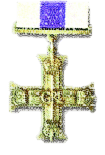
THE NEPHEW
MAJOR GENERAL THOMAS ERSKINE ARTHUR HALL
1826 – 1901
Lt Gen Henry Hall’s brother, James, was a Barrister-at-Law and Chairman of Quarter Sessions for three counties – Galway, Monaghan and Cavan. He married Anne Cockerell Moubray who gave him five children – the last of whom joined the Indian Army.
Thomas Erskine Arthur was born in 1826. Graduating from Sandhurst, he joined the 91st Regiment of Foot. The young lieutenant became an instructor in musketry – I think it was in the newly founded School of Musketry in Hythe, Kent. After three years at the school, he progressed to Staff College, passing the final exam in 1861.
By the time he was promoted to Major, he had exchanged into 49th Foot and went to Canada.
In 1865, he married a lady – Lady Margaretta Lousia Stewart to be exact. Her father was 4th Earl Castle Stewart.
After three years as Brigade Major in North America there is a gap of two years where Hall could not be traced until he tipped up in India in 1867, having missed the excitement of the opium wars in which the 49th had been engaged.
From 1867-1871 he was Brigade Major in Bombay and then Garrison Instructor for the next two years. His final appointment in India was Deputy Adjutant General in 1873.

Five years later, Hall returned to Staff College to lecture in Military History.
Once again, he goes missing for the next ten years before being spotted in Mauritius – doing what I cannot say.
Major General Thomas Arthur Erskine Hall died in 1901. His widow mourned him for two years and then married the vicar of Wendover in Buckinghamshire, the Revd Albert Smith. Thus, from a Lady and General’s wife she became plain old Mrs Smith.



